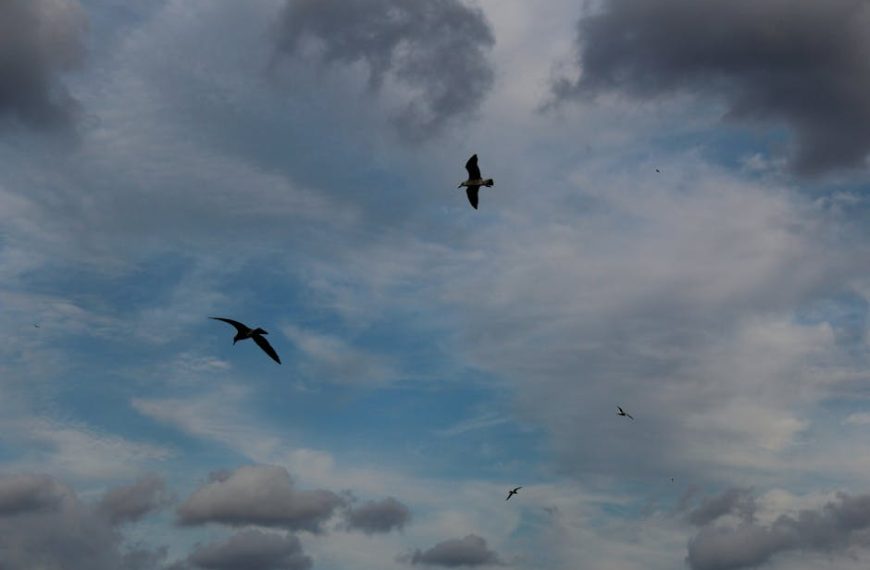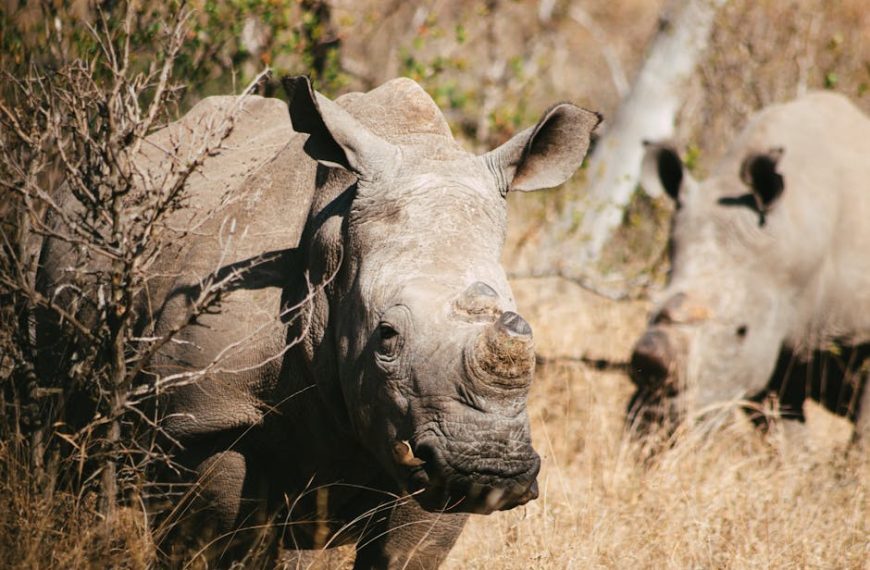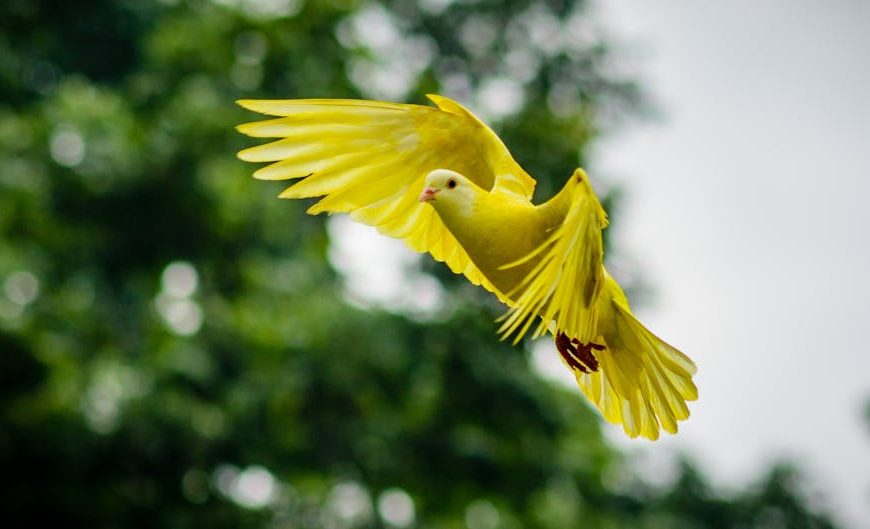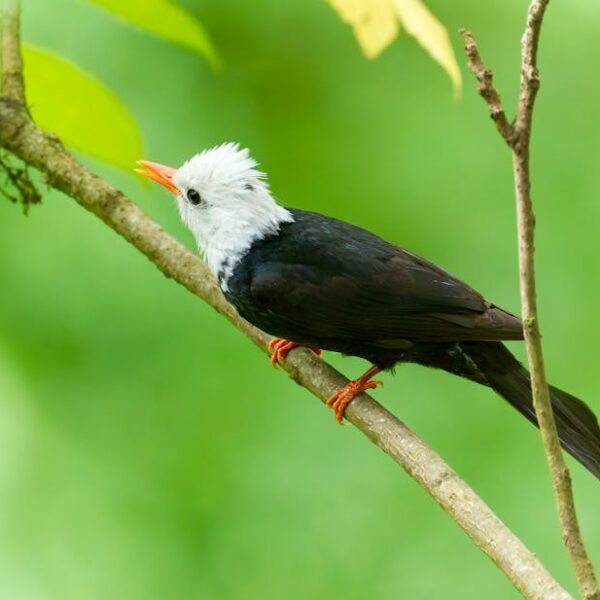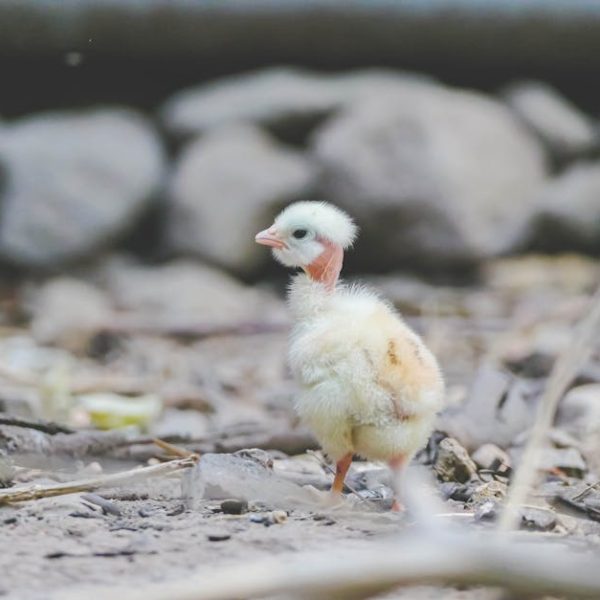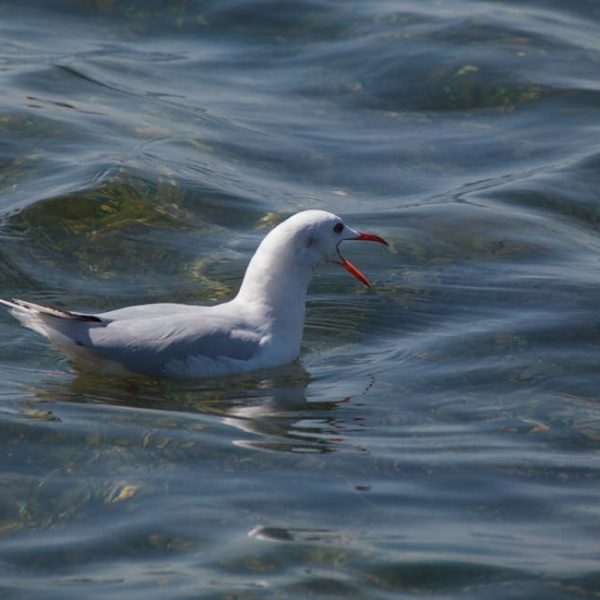Oil spills pose grave detrimental effects on bird species, subsequently leading to significant ecological consequences. Their impacts vary from immediate physical harm to birds, behavioral changes affecting survival, and negative impacts on bird populations and biodiversity. However, through proactive conservation efforts and stringent environmental policies, the potential repercussions can hopefully be mitigated.
Physical Effects of Oil on Birds
An oil spill is detrimental to avian species, causing immediate and long-term physical harm. As oil coats the birds, their feathers lose their natural waterproofing, buoyancy, and the ability to insulate from cold weather conditions. Notably, avian skin is sensitive, and contact with oil can result in severe dermatitis, burns and systemic toxicity. Furthermore, as birds attempt to clean their feathers, they may ingest the oil, leading to serious digestive problems, kidney and liver damage, and even death.
Pro tip: Birds affected by oil spills display common physical symptoms such as inability to fly, difficulty maintaining equilibrium, shivering or appearing excessively cold, and visible oil on feathers or around the beak.
Behavioral Changes in Birds Due to Oil Spill Exposure
Beyond immediate physical harm, oil spills can induce substantial changes in bird behavior. Oil exposure can cause disorientation and lethargy, affecting their foraging behaviors. Some birds may no longer seek food due to the depressive effects of the oil on their system. Moreover, oil spills may alter migratory patterns as birds avoid contaminated areas and disrupt breeding activities as nests become unfit for rearing young. Long-term effects of these behavioral changes can decrease survival rates, eventually leading to declining bird populations.
To help identify and rescue affected birds, look for these signs:
- Altered flight patterns
- Reduced feeding activities
- Abandoned or oil-contaminated nests
The subsequent effects of these behavioral changes on the wider ecosystem are mostly harmful. However, occasionally, these changes will necessitate birds to explore new habitats and diversify their feeding habits, potentially contributing positively to the ecosystem’s resilience.
Impact on the Bird Population and Biodiversity
Oil spills can lead to significant bird fatalities. This not only results in immediate population reductions but can also create long-term population decline due to decreased reproduction rates and reduced survival of offspring. Birds play a crucial role in maintaining biodiversity; for instance, their roles in pollination, seed dispersal, and pest control are critical for ecosystem balance. Therefore, a decline in bird populations can cause significant shifts and imbalances in the ecosystem.
Successful mitigation strategies include:
- Rapid response to oil spills
- Thorough cleanup of affected areas
- Long-term monitoring of affected bird populations
Comparing the bird population’s resilience to adversity, significant decreases in bird population have often been noted post major oil spills. For instance, the Deepwater Horizon oil spill in the Gulf of Mexico led to enormous losses in bird populations, including pelicans, terns, and seagulls, among other species.
Conservation Efforts and Rehabilitation of Affected Birds
In the wake of these catastrophic events, conservation efforts are crucial to aid recovery. Immediate rescue operations involve capturing and cleaning oil-soaked birds, followed by a period of rehabilitation. Longer-term projects involve studying and monitoring affected populations and implementing measures to support their recovery, such as habitat restoration and protection.
Rehabilitation techniques to save oil-infected birds include:
- Forced hydration and feeding
- Use of mild, bird-safe detergents for cleaning
- Providing warm and dry environments for recovery
Successful recovery stories following oil spills often inspire hope. For instance, following the Exxon Valdez oil spill in Alaska, a considerable effort in cleaning and rehabilitating sea otters and bird species led to the recovery of many populations. However, it’s critical to note that these efforts alone are often not enough to undo the vast damage caused by oil spills.
Preventative Measures and Environmental Policies
Prevention is always better than cure. In the case of oil spills, implementing stringent preventative measures can help minimize risks. Technological innovations, regular safety audits, implementation of safety procedures, and robust emergency response plans are key.
Crucial preventive measures include:
- Regular inspection of ships, pipelines, and drilling rigs
- Employing advanced technology for leakage detection
- Conducting drills including employees, partners, and government bodies to ensure readiness
Government regulations play a significant role in providing a framework for robust safety protocols. Currently, regulations such as the Oil Pollution Act of 1990 in the United States established comprehensive prevention, response, liability, and compensation procedures to deal with vessel and facility-caused oil pollution. However, the proper enforcement and strict adherence to these regulations often remain a challenge.
In conclusion, although the impact of oil spills on birds and overall biodiversity can be devastating, it’s important to realize that synchronization of preventive measures, responsive conservation efforts, and stringent environmental policies can mitigate the negative effects. The key lies in our collective readiness, action, and commitment towards a safer and cleaner environment for all co-habitants on Earth.
Key Takeaway:
- Oil spills pose a significant risk to bird species, leading to physical harm, changes in behavior, and a decline in populations.
- Behavioral changes can affect bird survival rates, feeding habits, migration patterns, and breeding activities.
- Dwindling bird populations due to oil spills can lead to a loss in biodiversity and imbalances within ecosystems.
- Conservation efforts and rehabilitation programs are essential to help bird populations recover after oil spills.
- Preventative measures and strong environmental policies can minimize the risk of oil spills and their devastating impacts on birds.
In the fight against the harmful impact of oil spills on birds and the environment, we can draw hope from various successful species recovery stories and the knowledge that concerted conservation efforts can make a difference. By being proactive, vigilant, and committed to strong environmental policies and preventative measures, we can collectively minimize the risk and work towards a cleaner, more balanced ecosystem.
FAQs
Q: How can I help in the recovery and conservation of bird populations affected by oil spills?
A: You can participate in volunteer cleanup operations, donate to wildlife rehabilitation centers, or support organizations conducting research on the impact of oil spills on bird species. Raising awareness about these issues can also make a significant difference.
Q: Is it safe to try and clean oil-soaked birds myself?
A: It’s best to leave the care of oil-soaked birds to professionals. Oils can be hazardous to both birds and humans, and inappropriate handling can cause harm to the birds. If you find an affected bird, contact a local wildlife agency or rehabilitation center.
Q: Can birds recover from oil exposure on their own?
A: While some birds may recover mildly, the majority of birds exposed to oil will not survive without intervention. Oils affect birds’ ability to fly, feed, and breed; severe exposure can also lead to organ damage and death.
Q: Are certain bird species more susceptible to oil spills than others?
A: Species that spend most of their time on the surface of the water, such as ducks, pelicans, and gulls, are at the highest risk during an oil spill. However, any bird that comes into contact with oil can be affected.
Q: Beyond birds, what other wildlife are significantly affected by oil spills?
A: A wide range of wildlife can be affected, including marine mammals like whales, dolphins, and seals, as well as various species of fish and invertebrates. On the shore, animals such as turtles and terrestrial mammals can also be impacted.
Explore more articles and posts on our environment-focused website to learn about similar topics and join us in our quest to understand and protect our precious ecosystems better. Feel free to share the article with others who might also find it interesting or useful.


